“Except when I was sailing or skiing I felt lost, only half alive.” That sentiment is completely understandable given that Ella Maillart, born on 20 February 1903 in Geneva as the daughter of a fur trader and a Danish sportswoman, excelled in both areas. The twenty-year-old and her friend “Miette” de Saussure sailed in the “Perlette” off Cannes before she headed to the Greek islands on the yawl “Bonita”, spending the entire summer as a deck-hand on British yachts. But she found her enjoyment in single-handed sailing, competing for Switzerland at the Olympic Games in 1924. She was also an outstanding skier and took part in world championships for Switzerland on four occasions between 1931 and 1934.
Travel as an intense way of living
She discovered travel, which she saw as an intense way of living, early on. She was living in Berlin when she received 50 dollars as a gift from Jack London’s widow in 1929, enabling her to set off for Russia to discover for herself what the revolution had done for the people. She returned after six months and was asked to write a travel report by the publisher Charles Fasquelle. “I hate writing,” she replied, to which the publisher retorted “But what an opportunity”, and in 1932 the young woman’s fresh and unabashed report was turned into the bestseller “Parmi la jeunesse russe”. It was received as a sensation in Paris and provoked a scandal in Geneva, but for Ella Maillart herself it was her debut as one of the period’s most-read travel writers.
In the same year she embarked on a journey which she would portray in “Turkestan solo” in 1938 – her trip through Turkestan and Kyrgyzstan to the 7,000 metre-high peaks of Tian Shan. In 1935, she crossed the whole of China and India, together with Peter Fleming in the middle of the Chinese civil war, using routes prohibited for Europeans. Her report in 1937 was entitled “Forbidden Journey”. Fleming had already described the adventure in 1936 in “News from Tartary”, in which he said of his partner’s role: “We both knew that she was the better man, so to speak.”
In 1937, she travelled to India passing through Turkey, Iran and Afghanistan, and reported on her experiences in 1938 on a lecture tour. During this she met Annemarie Schwarzenbach who she persuaded to repeat the journey with her by car. The journey in the Ford Roadster in 1939 was Ella Maillart’s most challenging trip of all – she failed valiantly in her attempt to cure her companion’s drug addiction. She left her behind in Kabul and set off alone for India where she remained through the war and explored the “unchartered regions of her own soul” in an ashram. She depicted the journey to Kabul in 1948 in “The Cruel Way”, in which she presented her now deceased friend as Christina.
She returned to Switzerland in 1946 and settled down for the first time. She had the chalet “Atchala” built in the village of Chandolin in Valais at an altitude of 2,000 metres and lived there until her death on 27 March 1997. She continued to travel the world for as long as she could. She stayed in Nepal in 1951 where she wrote the book “The Land of the Sherpas” and gave many visitors an insight into Asia between 1957 and 1987 as a travel guide. “Continually ask yourself the question: Who am I?” she advised her travel companions. “And through this constant seeking it will become clear to you that you yourselves are the light of knowledge.”
Charles Linsmayer is a literary scholar and journalist in Zurich.
“In India I have started on a new journey which, I know, will take me further than before towards the perfect life I was instinctively seeking. To embark upon this journey I firstly had to explore the unknown spheres of my own soul. This venture is as vast as life itself because it requires the analysis of our physical, mental, emotional and spiritual being.”
from “Cruises and Caravans”
1950
Bibliography: “Auf kühner Reise”, (Parmi la jeunesse russe), “Der bittere Weg” (The Cruel Way) and “Verbotene Reise” (Forbidden Journey) are available from Lenos.
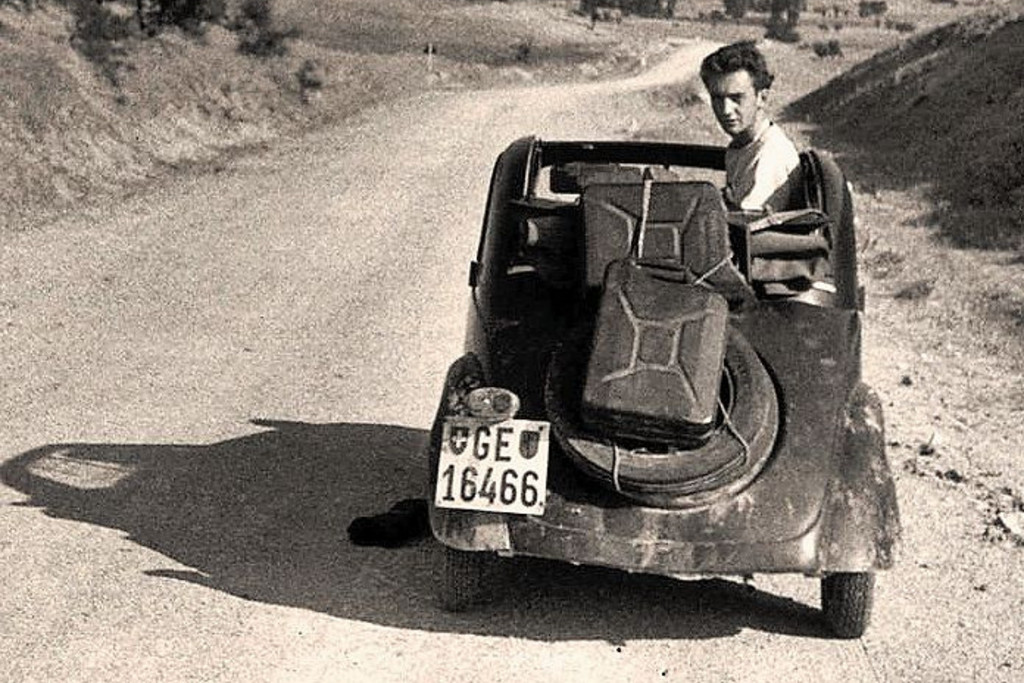
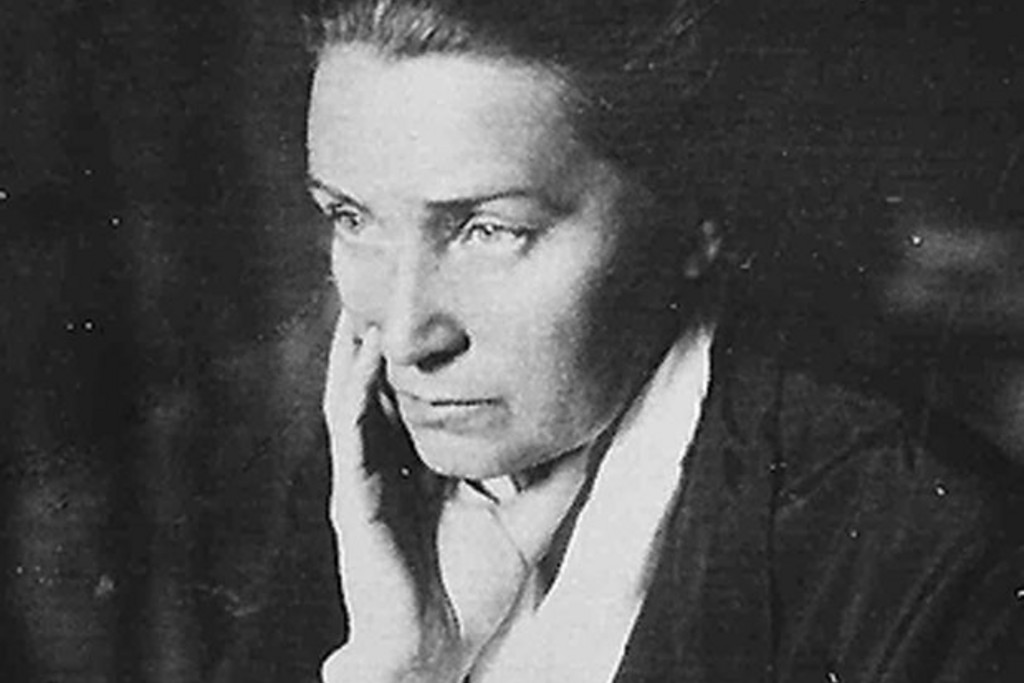
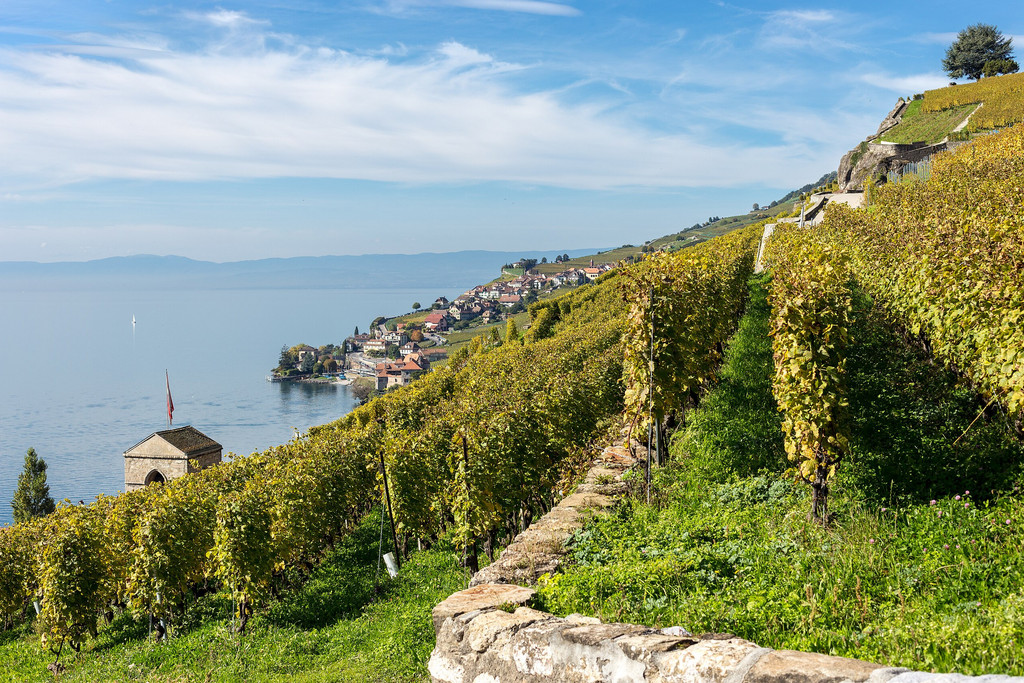
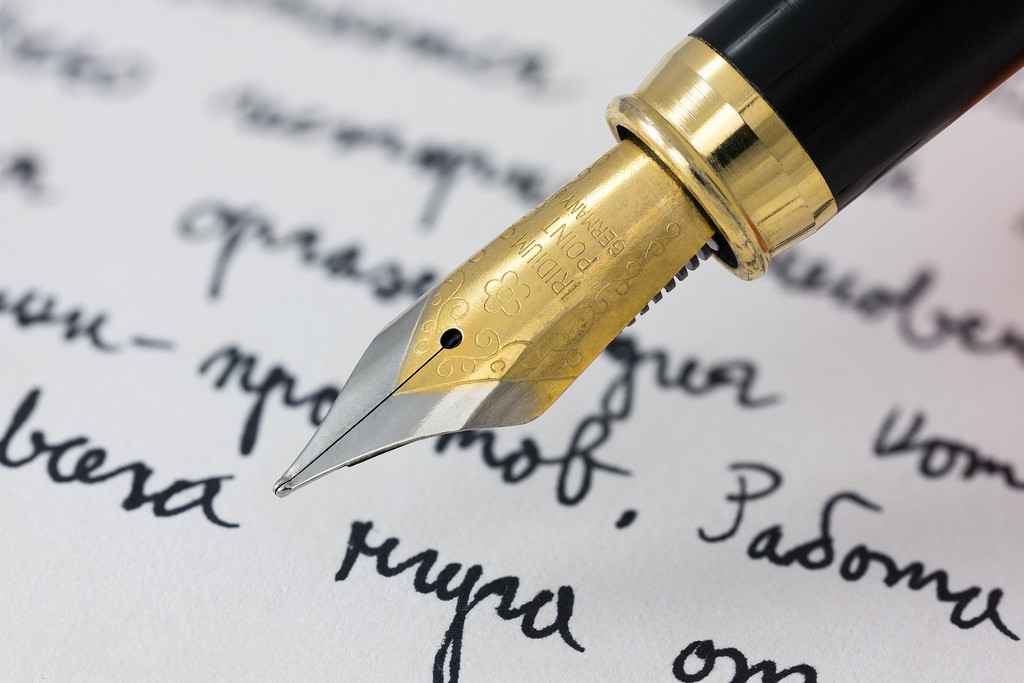
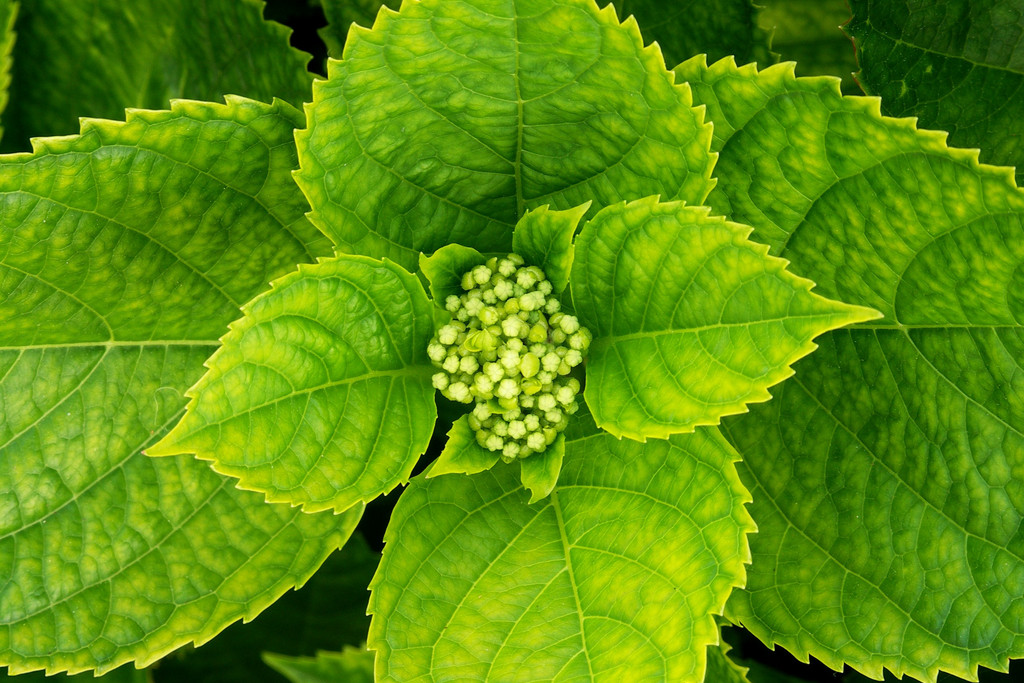
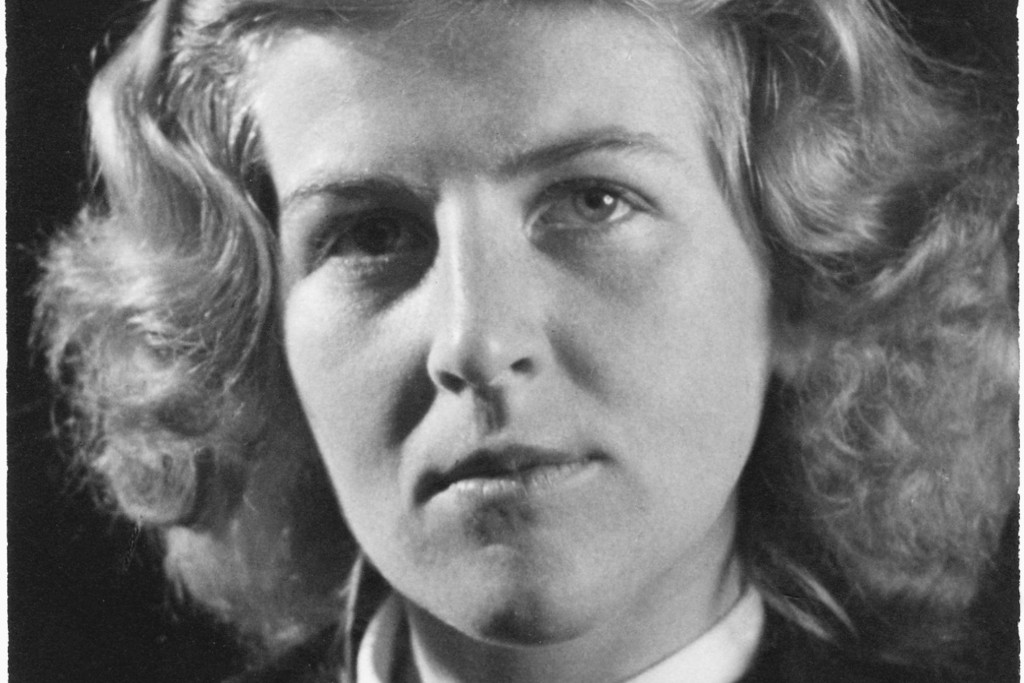
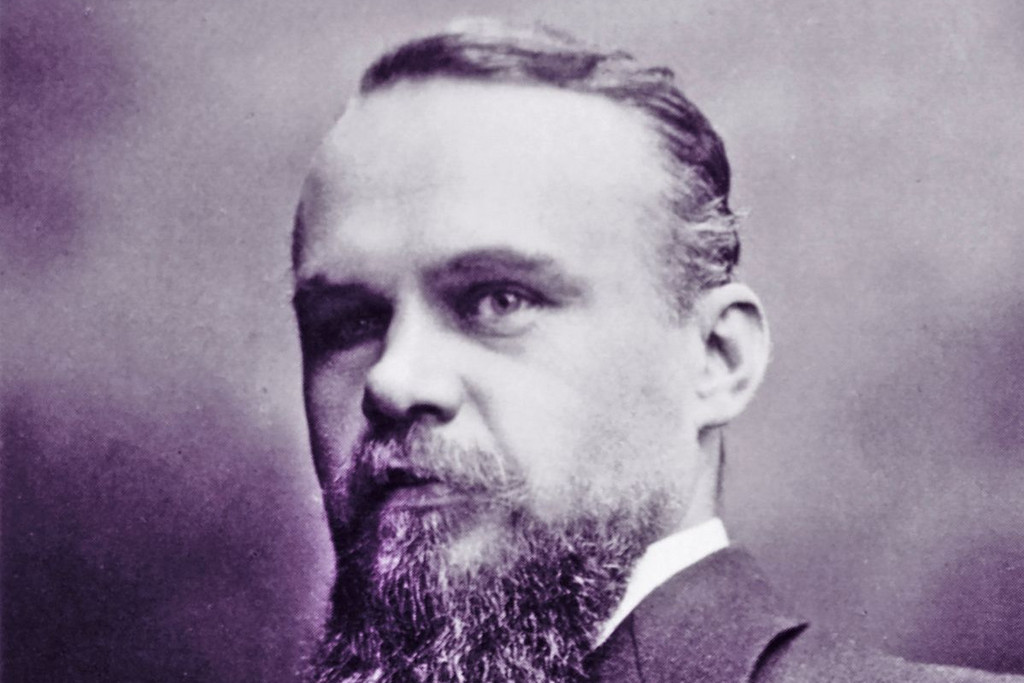
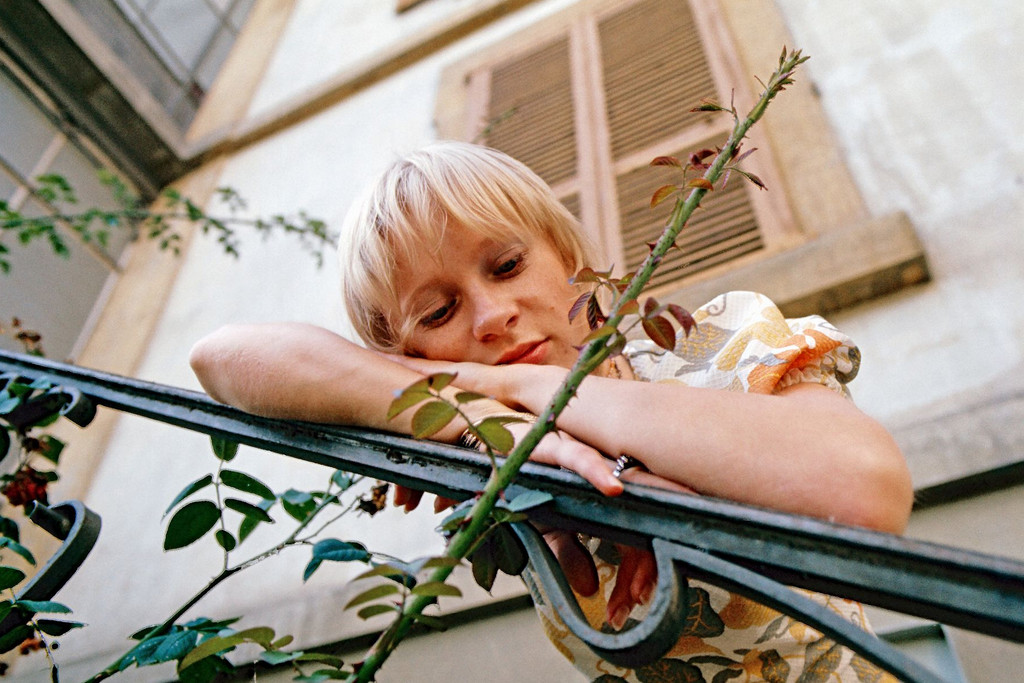



Comments